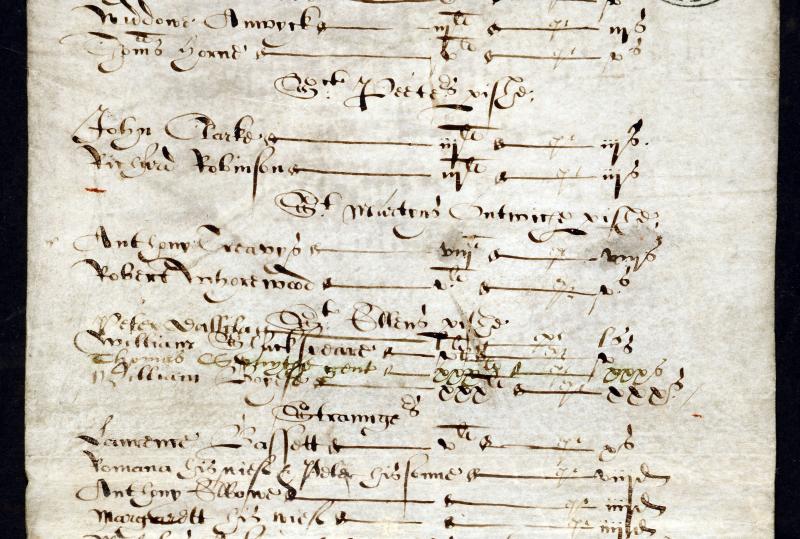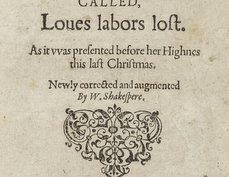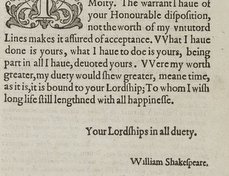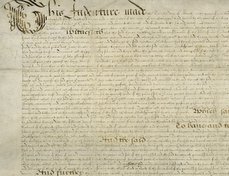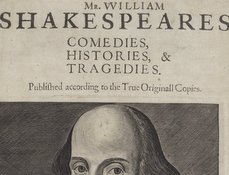Images reproduced by permission of The National Archives, London, England.
Terms of use
The National Archives give no warranty as to the accuracy, completeness or fitness for the purpose of the information provided.
Images may be used only for purposes of research, private study or education. Applications for any other use should be made to The National Archives Image Library, Kew, Richmond, Surrey TW9 4DU, Tel: 020 8392 5225 Fax: 020 8392 5266.
Document-specific information
Date: November 15, 1597
Repository: The National Archives, Kew, UK
Call number and opening: E 179/146/354
View online bibliographic record
Lay subsidies were a type of tax based on personal wealth. In London, the collection of subsidies was managed at the local level of ward and parish. Each collection typically generated one lay subsidy roll and one default roll for each ward. For a full explanation, and references to associated documents, see “William Shakespeare as taxpayer and tax defaulter.”
In 1597 Shakespeare’s wealth was estimated at £5, on which he was to pay 5s in tax, calculated at one shilling per pound. Shakespeare’s failure to pay the current subsidy is recorded in this default roll, listing him as one of four householders from “St Ellens parish” who had died, departed the parish, or who simply did not pay:
Peter Dalilla lli ls
William Shackspeare vli vs
Thomas Smythe gent. xxxli xxxs
William Boyese xxxli xxxs
This default roll implies the existence of a lay subsidy roll for 1597, now lost, similar to the surviving lay subsidy roll for 1598. This non-extant lay subsidy roll would have listed William Shakespeare along with all other householders of the parish, with the marginal annotation “Affid.,” an abbreviation of “Affidavit,” against the four names included in this default roll, signifying that for some reason money was not collected. Possibly Shakespeare’s tax was paid, or otherwise discharged, as no subsequent documents are known to record an unpaid debt of 5s, in contrast to documents attempting to recover his 1598 debt of 13s 4d.
This Lay Subsidy Roll reveals that in 1597 William Shakespeare was, or recently had been, a householder in the parish of St. Helen’s, Bishopsgate. Due to incomplete documentation, it is not known when he first took up residence in the parish.
Written by Alan H. Nelson
Sources
B. Rowland Lewis, Shakespeare Documents (Stanford University, California: Stanford University Press, 1940), 1: 262-71.
Samuel Schoenbaum, William Shakespeare: A Documentary Life (New York: Oxford University Press, 1975), 161-4.
David Thomas, Shakespeare in the Public Records, (London: H.M.S.O., 1985), 6-8.
M. Jurkowski, C.L. Smith, and D. Crook, Lay Taxes in England and Wales 1188-1688 (Richmond Surrey: PRO Publications), 1998.
Last updated November 29, 2022

